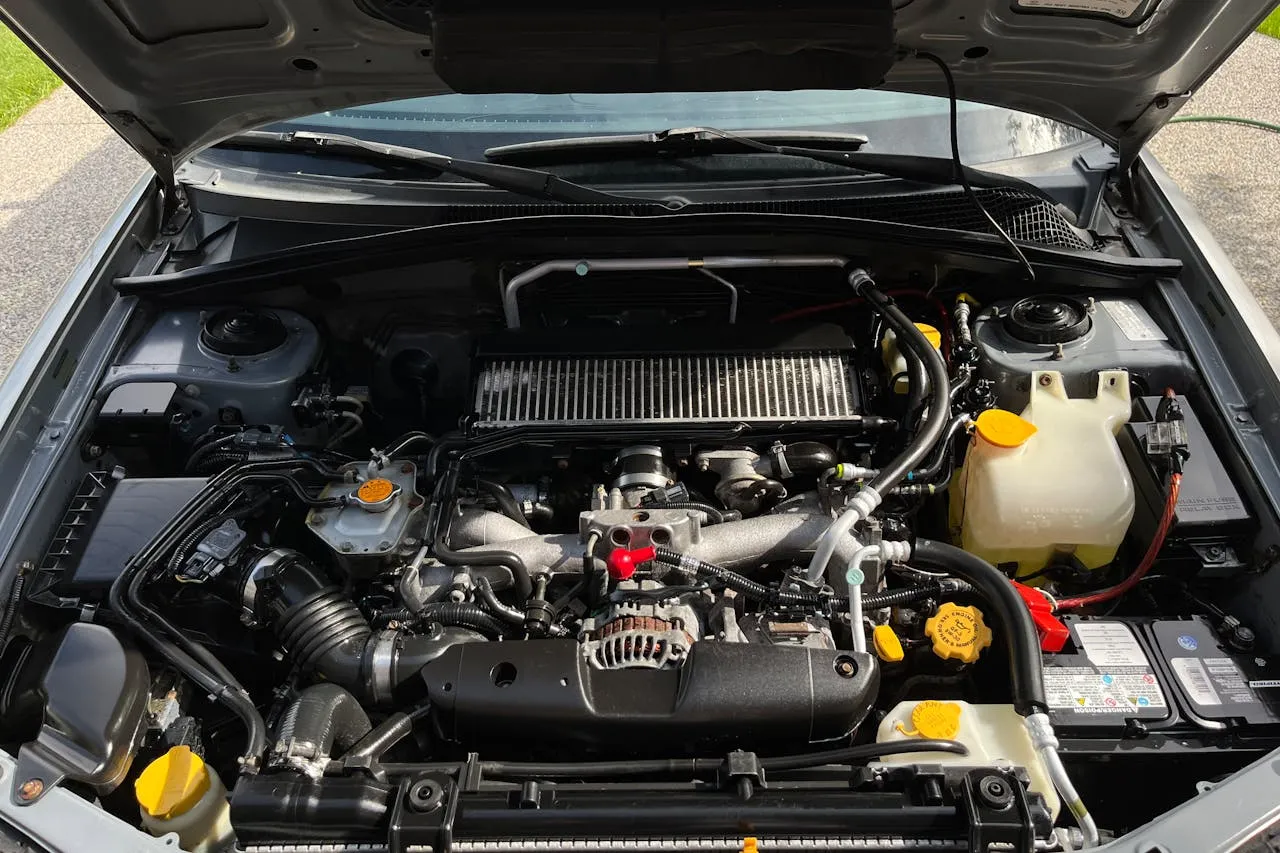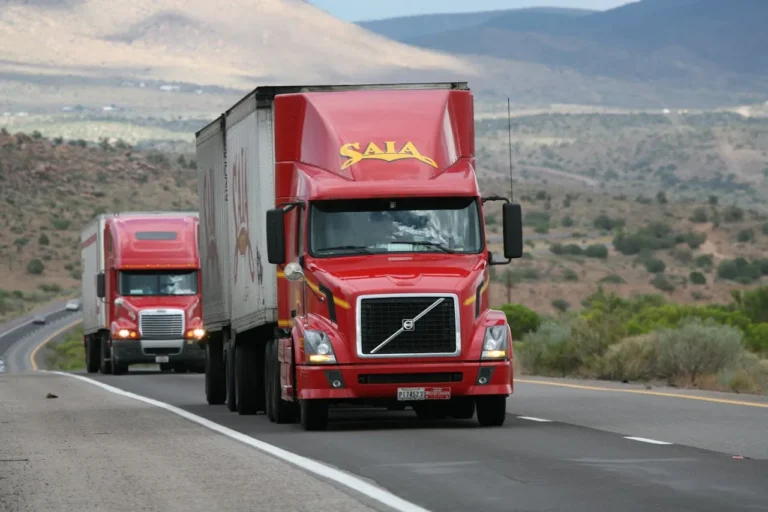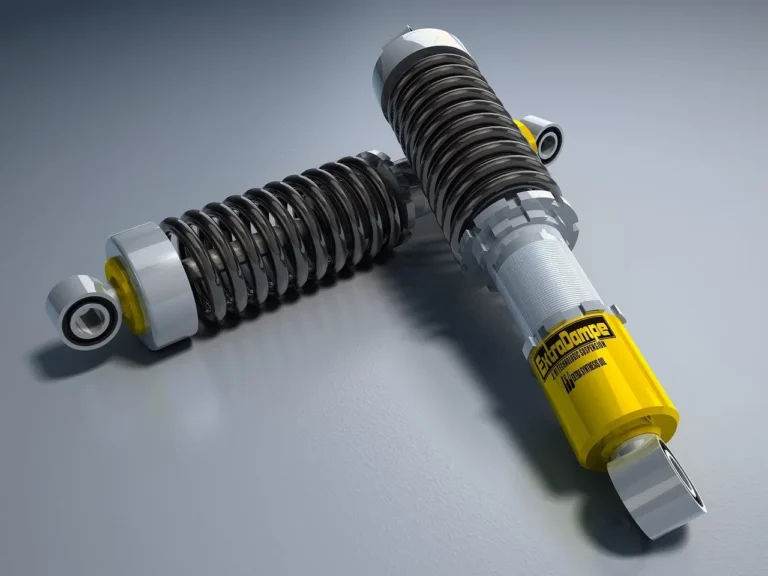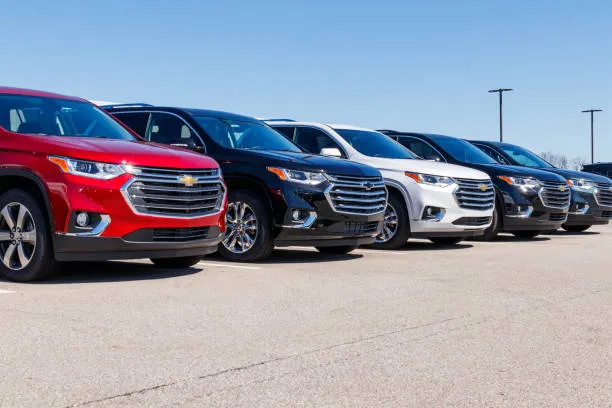
Integrated Battery Technologies Advance: 17 Vehicle Models Adopt CTP, CTB, CTC, CTV Platforms Amid Surge in Innovation
The 2025 edition of the Integrated Battery (CTP, CTB, CTC, and CTV) and Battery Innovation Technology Report from ResearchAndMarkets.com provides a comprehensive view of the fast-evolving integrated battery landscape. As automakers push the boundaries of range, performance, and design efficiency, integrated battery systems—ranging from Cell-to-Pack (CTP) to Cell-to-Vehicle (CTV)—are becoming critical enablers of next-generation electric vehicle (EV) platforms.
The report highlights the deployment of integrated battery technologies in 17 vehicle models, alongside the introduction of 34 new battery innovation technologies from 12 suppliers, including industry leaders like CATL, SVOLT, and BMW. These developments reflect a broader industry trend: leveraging battery integration to improve safety, optimize vehicle structure, and unlock superior charging and energy density capabilities.
Integrated Battery Architectures: From Cell to Vehicle Integration
Integrated battery technologies fall into two major categories:
- Battery Pack Integration – typified by CTP (Cell-to-Pack) systems.
- Vehicle Body Integration – including CTB (Cell-to-Body), CTC (Cell-to-Chassis), and CTV (Cell-to-Vehicle).
Unlike conventional battery designs that treat the battery pack as a discrete component, integrated systems embed battery cells directly into the vehicle’s structure. This not only boosts volumetric efficiency but also enhances structural rigidity, improves crash safety, and reduces overall part count. As a result, Z-axis (vertical) cabin space can be optimized, improving interior packaging and comfort.
Several OEMs have already embraced these integration strategies:
- Leapmotor and BYD were among the pioneers of CTB and CTC.
- Tesla popularized structural battery packs with its 4680 cell-based design.
- New entrants like Avatr, Geely, and Changan are joining the fray with CTV and updated CTB platforms.
Case Study: Geely’s Aegis Dagger Battery
In April 2024, Geely launched the Aegis Dagger Battery, a blade-type LiFePO₄ battery that incorporates CTB architecture and acts as a structural element of the vehicle. Debuting in the Galaxy E5, the Aegis Dagger showcases how battery systems are now integral to vehicle body design.
Key technical features include:
- Integration of cells and outer shell using thermally conductive structural glue.
- A steel composite top cover for added crash safety.
- A triple-safety system of isolation, drainage, and conduction to mitigate fire risks.
- Rapid pressure relief and double separation between thermal and electrical systems.
Leapmotor’s CTC 2.0 Plus: Smarter, Safer, More Integrated
March 2025 saw Leapmotor release its CTC 2.0 Plus system, which improves on the previous generation by offering:
- 6-layer safety architecture combining vision, isolation, and evacuation mechanisms.
- 128 performance tests and 1,029 safety evaluations.
- 20% increase in bottom structural strength and 50% higher side-impact performance.
- A 9-in-1 control system that integrates battery and chassis management.
- AI-powered BMS (Battery Management System) for 30% lower thermal energy loss and 2% longer range.
The Leapmoon B10 will be the first model to carry this upgraded CTC platform when it launches in April 2025.
34 Battery Innovation Technologies Launched by 12 Suppliers
Since early 2024, battery innovation has accelerated rapidly. A total of 34 new technologies have been introduced, with leading contributions from:
- CATL – 7 innovations across commercial and passenger vehicle segments.
- BMW – unveiling its 6th-generation power battery with large cylindrical cells, scheduled for debut in next-gen EVs in 2026.
- SVOLT, EVE, and BYD – all contributing advancements in fast-charging and structural battery technologies.
CATL’s new 6C LiFePO₄ battery, for example, delivers 350 km of range in just 10 minutes on a high-voltage (900V-class) platform, with mass adoption expected soon across various vehicle types.
The Rise of Ultra-Fast Charging: 6C to 10C Transition
Battery manufacturers are now racing to scale ultra-fast charging capabilities. While 6C (charging at six times the battery capacity per hour) has become more common, the next generation is moving to 10C charge/discharge rates.
In March 2025, BYD unveiled its revolutionary “flash charging battery” with the following specifications:
- Charging at 1,000A and 1,000V power (1 MW), matching refueling times.
- Achieves 20 km range in 10 seconds; 400 km range in 5 minutes.
- Enables single-motor outputs of 580 kW with top speeds over 300 km/h.
The battery debuted on Han L and Tang L, which are scheduled to launch officially in April.
Other key players:
- SVOLT: Launched a 6C Dragon Scale Armor hybrid battery.
- EVE: Introduced Omnicel cylindrical batteries supporting 6C.
- Chery and FAW: Advancing in-house flash-charge battery tech.
PHEV and EREV-Specific Battery Innovations
While EVs grab headlines, batteries tailored for Plug-in Hybrid Electric Vehicles (PHEVs) and Extended-Range EVs (EREVs) are becoming an essential growth segment. These vehicles require a unique balance of:
- High power density for electric-only mode.
- Fast-charging for range extension.
- Long cycle life for hybrid driving demands.
Key developments include:
- CATL’s Freevoy Super Hybrid Battery (2024), first used in Avatr 12, and soon to be used across 30 Geely, GAC, Chery, and Voyah models.
- SVOLT’s 800V 4C Dragon Scale Battery – production starts July 2025.
- Dedicated off-road and HEV batteries from SVOLT for commercial and rugged plug-in vehicles, launched in January 2025 and already installed in models like the Tank 500 Hi4-Z.
A Look at the Full Industry Landscape
The 2025 report breaks down the technical and strategic roadmaps of major players in the battery ecosystem:
Tier-1 Battery Suppliers:
- CATL: Global footprint, high-energy-density cells, ultra-fast charging tech.
- SVOLT Energy: Known for Flying Stack tech and 4C–6C fast-charging innovations.
- CALB: One-stop battery platform for both EVs and hybrids.
- AESC, LGES, SK On, Farasis, EVE, BAK, Lishen, and Greater Bay: All advancing cylindrical, solid-state, and lithium-sulfur batteries.
Major OEMs and Innovators:
- Tesla: Expanding its 4680 cell strategy with structural integration.
- BYD: Innovating in both flash charging and sodium-ion battery domains.
- Leapmotor: CTC platform upgrades.
- Geely, Changan, Xpeng, Avatr, SAIC, Ford, NIO, Xiaomi: Active R&D in CTB/CTC and fast-charging battery solutions.
Key Trends Shaping the Future
- Increased Adoption of CTP, CTB, CTC, and CTV as mainstream battery design choices.
- Mass production of large cylindrical batteries, particularly for next-gen platforms.
- Integration of structural battery packs into vehicle design, enabling weight savings and better rigidity.
- Scaling of 10C flash-charging capabilities to match or exceed traditional fueling times.
- Expansion of hybrid-focused battery technologies for PHEVs and EREVs to meet real-world driving and charging needs.







